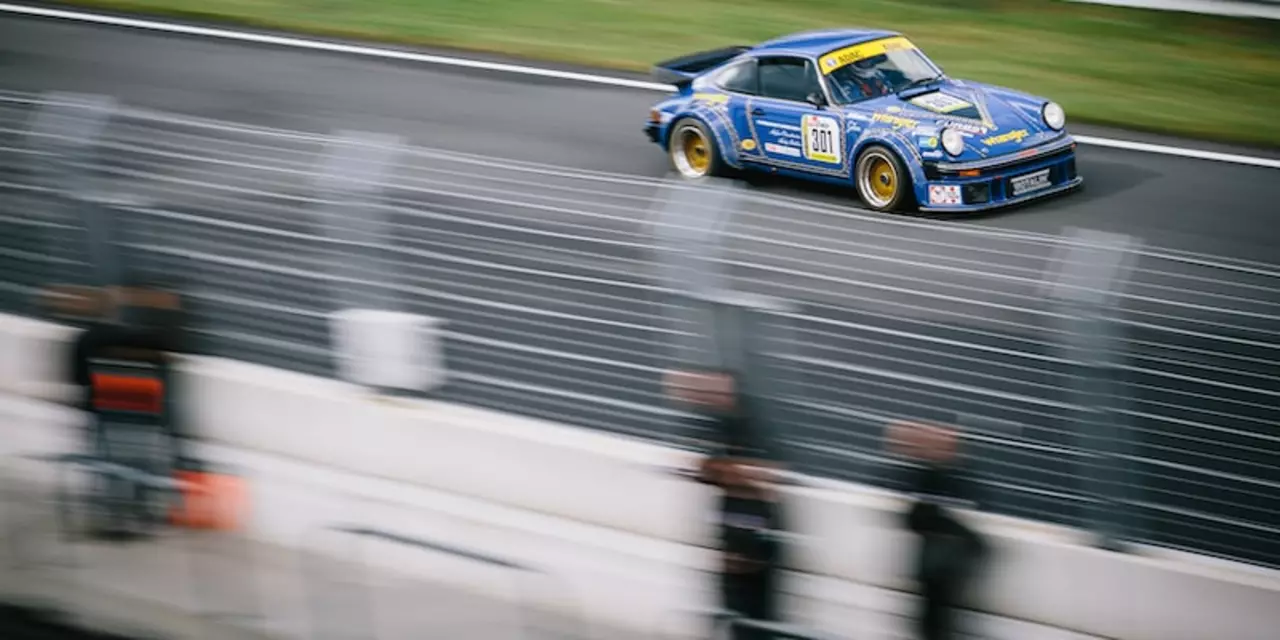Track Helmets: Your Quick Guide to Picking the Right Helmet for the Track
Thinking about hitting the race track? The first thing you need is a helmet that can handle high speeds, sharp corners, and the occasional tumble. You don’t want a street‑style helmet that looks cool but falls short when the G‑forces kick in. Below we break down the must‑have features, how to get the perfect fit, and where to snag a quality helmet without blowing your budget.
Key Features to Look for on a Track Helmet
When you compare helmets, focus on three core areas: safety, comfort, and visibility. Safety is non‑negotiable, so choose a helmet that meets Snell, ECE, or DOT certifications. Those standards test impact resistance and retention system strength, which means the helmet will stay on you when you need it most.
Comfort matters because you’ll be wearing the helmet for hours. Look for padding that is removable and washable, and a liner that doesn’t trap heat. Some modern helmets even have ventilation channels you can open or close depending on the weather.
Visibility is often overlooked. A wide field of view helps you see rivals and track markings early. Split‑screen visors or flip‑up lenses let you switch between clear and tinted views without taking the helmet off.
How to Fit a Track Helmet Properly
First, wrap the helmet around your head and tighten the straps. You should feel snug but not squeezed—if you can feel your teeth grinding against the chin bar, it’s too tight. Next, the helmet should sit level on your forehead, about an inch above your eyebrows. This position protects the upper skull while keeping the visor clear.
Do a quick shake test: the helmet should stay put when you move your head quickly. If it slides, try a different size or adjust the internal cheek pads. Most helmets come in half‑size increments, so don’t settle for a size that’s “close enough.”
Finally, check the weight. A lighter helmet reduces neck fatigue on long runs, but it must still be robust enough to pass safety tests. Modern composite shells balance weight and strength nicely.
Now that you know what to look for, head over to A1 Motorsport Helmets. We stock a range of certified track helmets, from full‑face models with aerodynamic shells to modular options that let you flip the chin bar for quick breaks. Each helmet includes a detailed fit guide and a return policy in case the size isn’t perfect.
Remember, a good helmet is an investment in your safety and performance. Take the time to test a few, compare features, and pick the one that feels like an extension of your own head. With the right track helmet, you’ll focus on the road ahead, not on worrying about your gear.
A dogleg and a chicane are two terms used in motor racing to describe a type of corner. A dogleg is a type of corner where the turn is made in an ‘L’ shape. A chicane is a type of corner that has two tight turns in opposite directions. Both types of corners can be used to slow cars down and make them take a longer route. The main difference between the two is that with a dogleg the turn is in one direction, whereas with a chicane the turn is in two directions. Both types of corners are used by race tracks to make the race more interesting and challenging.
